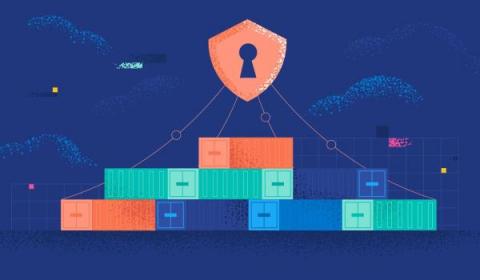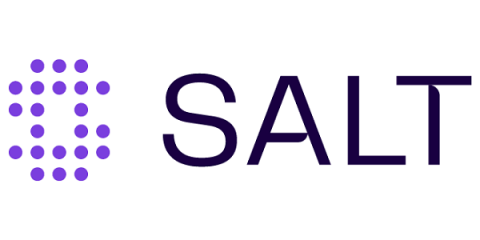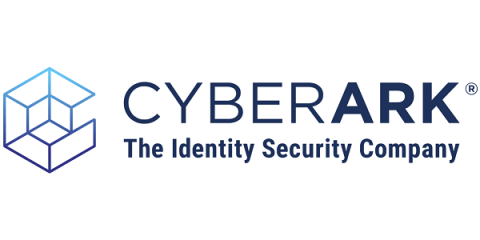Guidance on network and data flow diagrams for PCI DSS compliance
This is the third blog in the series focused on PCI DSS, written by an AT&T Cybersecurity consultant. See the first blog relating to IAM and PCI DSS here. See the second blog on PCI DSS reporting details to ensure when contracting quarterly CDE tests here. PCI DSS requires that an “entity” have up to date cardholder data (CHD) flow and networking diagrams to show the networks that CHD travels over.










